Andrew Davies
Contrasting local and global modeling with machine learning and satellite data: A case study estimating tree canopy height in African savannas
Nov 21, 2024Abstract:While advances in machine learning with satellite imagery (SatML) are facilitating environmental monitoring at a global scale, developing SatML models that are accurate and useful for local regions remains critical to understanding and acting on an ever-changing planet. As increasing attention and resources are being devoted to training SatML models with global data, it is important to understand when improvements in global models will make it easier to train or fine-tune models that are accurate in specific regions. To explore this question, we contrast local and global training paradigms for SatML through a case study of tree canopy height (TCH) mapping in the Karingani Game Reserve, Mozambique. We find that recent advances in global TCH mapping do not necessarily translate to better local modeling abilities in our study region. Specifically, small models trained only with locally-collected data outperform published global TCH maps, and even outperform globally pretrained models that we fine-tune using local data. Analyzing these results further, we identify specific points of conflict and synergy between local and global modeling paradigms that can inform future research toward aligning local and global performance objectives in geospatial machine learning.
Multimodal Fusion Strategies for Mapping Biophysical Landscape Features
Oct 07, 2024

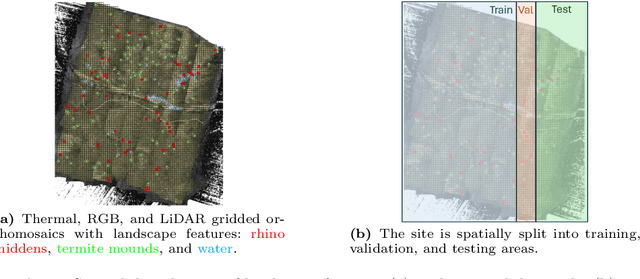

Abstract:Multimodal aerial data are used to monitor natural systems, and machine learning can significantly accelerate the classification of landscape features within such imagery to benefit ecology and conservation. It remains under-explored, however, how these multiple modalities ought to be fused in a deep learning model. As a step towards filling this gap, we study three strategies (Early fusion, Late fusion, and Mixture of Experts) for fusing thermal, RGB, and LiDAR imagery using a dataset of spatially-aligned orthomosaics in these three modalities. In particular, we aim to map three ecologically-relevant biophysical landscape features in African savanna ecosystems: rhino middens, termite mounds, and water. The three fusion strategies differ in whether the modalities are fused early or late, and if late, whether the model learns fixed weights per modality for each class or generates weights for each class adaptively, based on the input. Overall, the three methods have similar macro-averaged performance with Late fusion achieving an AUC of 0.698, but their per-class performance varies strongly, with Early fusion achieving the best recall for middens and water and Mixture of Experts achieving the best recall for mounds.
Find Rhinos without Finding Rhinos: Active Learning with Multimodal Imagery of South African Rhino Habitats
Sep 26, 2024Abstract:Much of Earth's charismatic megafauna is endangered by human activities, particularly the rhino, which is at risk of extinction due to the poaching crisis in Africa. Monitoring rhinos' movement is crucial to their protection but has unfortunately proven difficult because rhinos are elusive. Therefore, instead of tracking rhinos, we propose the novel approach of mapping communal defecation sites, called middens, which give information about rhinos' spatial behavior valuable to anti-poaching, management, and reintroduction efforts. This paper provides the first-ever mapping of rhino midden locations by building classifiers to detect them using remotely sensed thermal, RGB, and LiDAR imagery in passive and active learning settings. As existing active learning methods perform poorly due to the extreme class imbalance in our dataset, we design MultimodAL, an active learning system employing a ranking technique and multimodality to achieve competitive performance with passive learning models with 94% fewer labels. Our methods could therefore save over 76 hours in labeling time when used on a similarly-sized dataset. Unexpectedly, our midden map reveals that rhino middens are not randomly distributed throughout the landscape; rather, they are clustered. Consequently, rangers should be targeted at areas with high midden densities to strengthen anti-poaching efforts, in line with UN Target 15.7.
* 9 pages, 9 figures, IJCAI 2023 Special Track on AI for Good
Reflections from the Workshop on AI-Assisted Decision Making for Conservation
Jul 17, 2023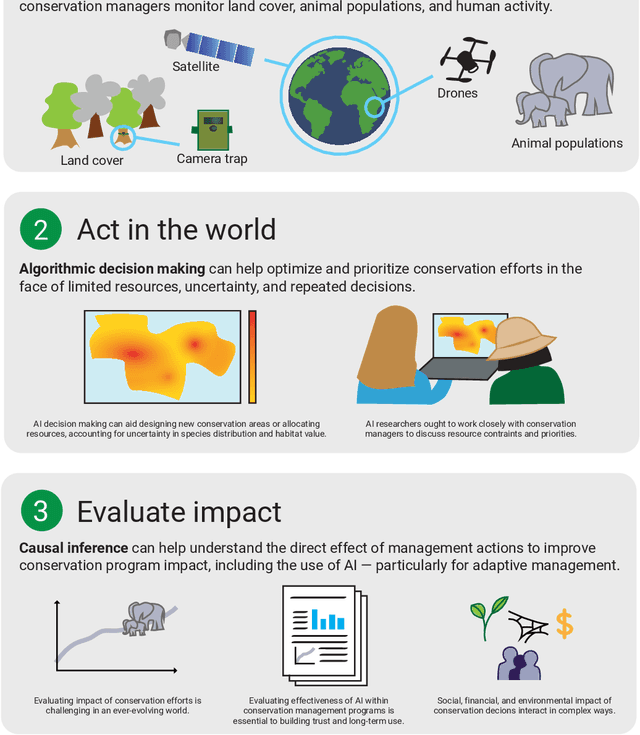
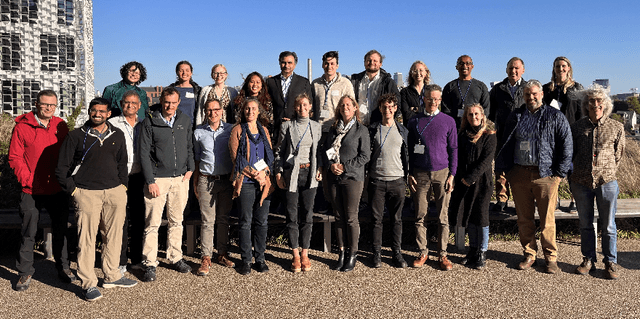
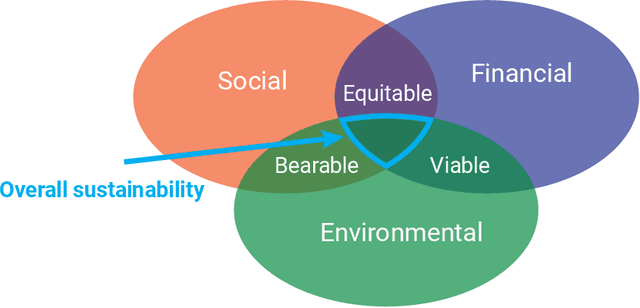
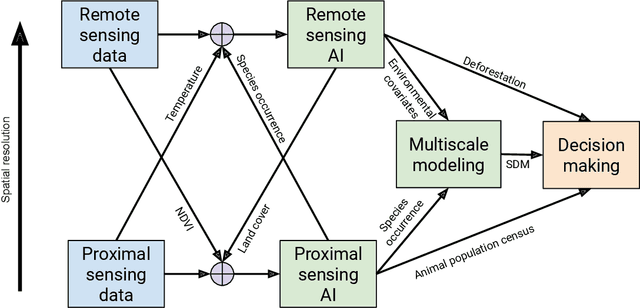
Abstract:In this white paper, we synthesize key points made during presentations and discussions from the AI-Assisted Decision Making for Conservation workshop, hosted by the Center for Research on Computation and Society at Harvard University on October 20-21, 2022. We identify key open research questions in resource allocation, planning, and interventions for biodiversity conservation, highlighting conservation challenges that not only require AI solutions, but also require novel methodological advances. In addition to providing a summary of the workshop talks and discussions, we hope this document serves as a call-to-action to orient the expansion of algorithmic decision-making approaches to prioritize real-world conservation challenges, through collaborative efforts of ecologists, conservation decision-makers, and AI researchers.
 Add to Chrome
Add to Chrome Add to Firefox
Add to Firefox Add to Edge
Add to Edge